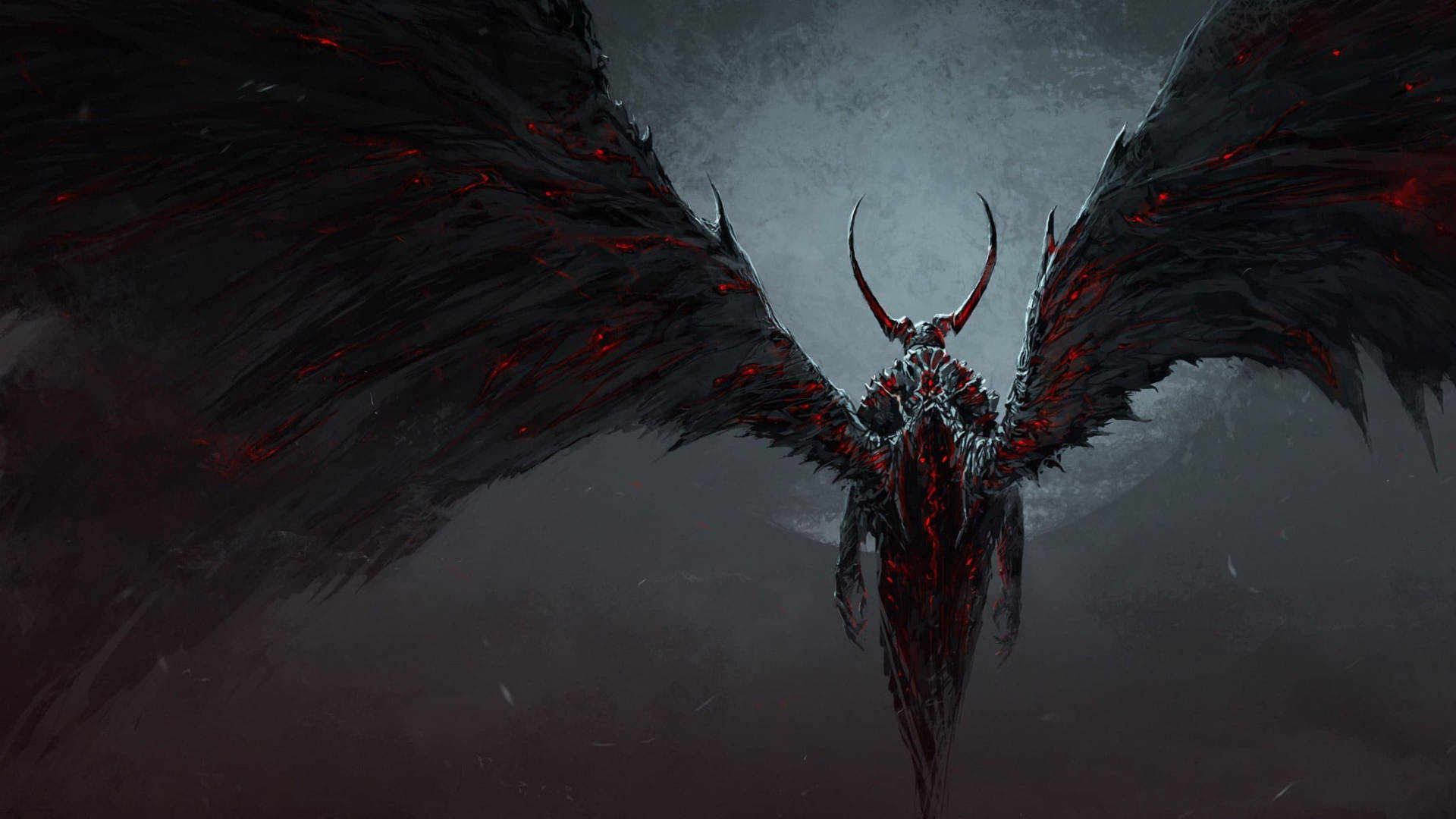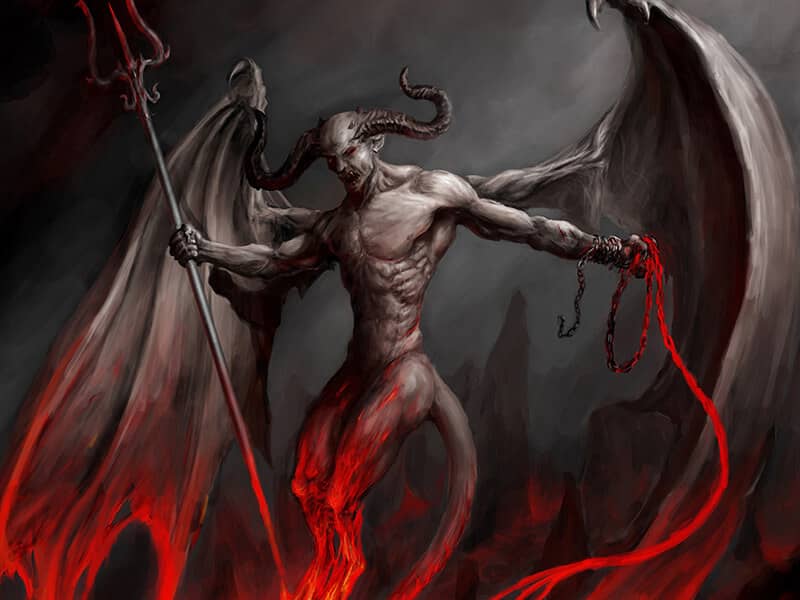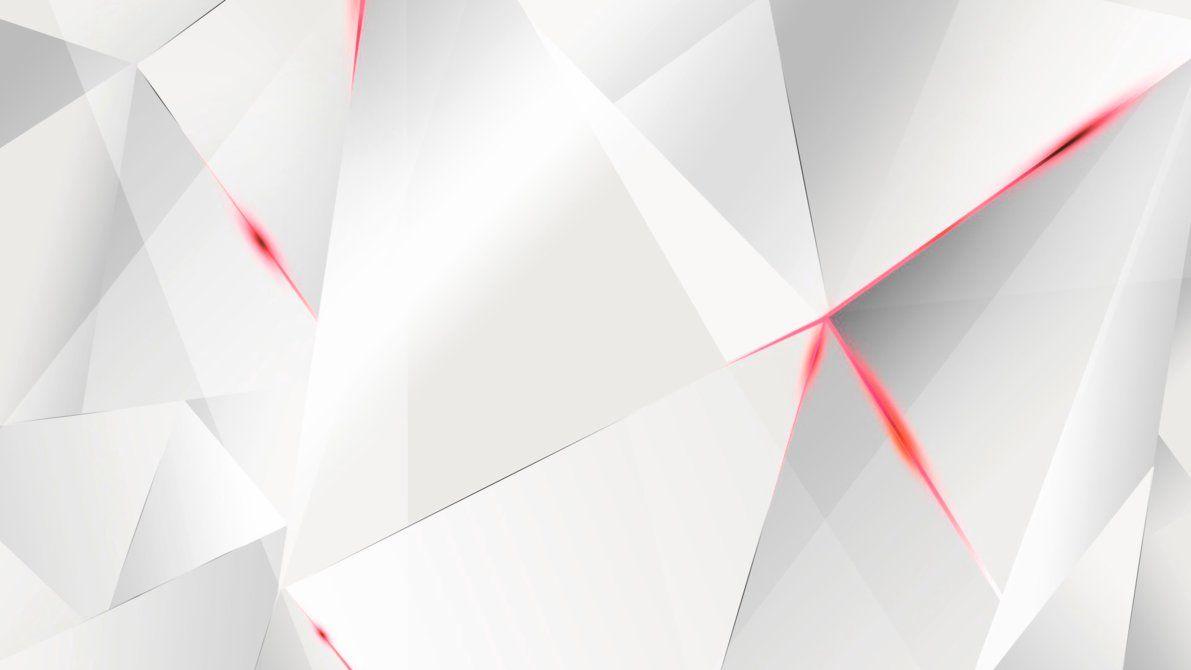The portrayal of the devil has long fascinated writers, filmmakers, and audiences alike. The figure of the devil serves as a complex symbol in literature and film, often embodying humanity’s deepest fears, moral dilemmas, and the eternal struggle between good and evil. This article will explore the evolution of the devil in popular culture, tracing its roots from classical literature to modern cinema, and examining how the character has changed over time to reflect societal values and fears.
The Devil in Classical Literature

The concept of the devil has existed in various forms throughout history, appearing in multiple religious texts, folklore, and literature. In classical literature, the figure of the devil was often depicted as an external force of evil, tempting humans and leading them astray. Key examples include:
- John Milton’s “Paradise Lost” (1667) – Milton’s epic poem presents Satan as a complex character, portraying him as both a tempter and a tragic figure. His famous quote, “Better to reign in Hell than serve in Heaven,” encapsulates the allure of rebellion against divine authority.
- Dante Alighieri’s “Inferno” (1320) – In this foundational work of the Italian Renaissance, Dante depicts the devil as the ultimate sinner, residing in the frozen lake at the center of Hell. This portrayal emphasizes the consequences of sin and moral failure.
- Goethe’s “Faust” (1808) – Mephistopheles, the devil in Goethe’s play, is a cunning and charismatic figure who represents human desire and ambition. Faust’s pact with the devil symbolizes the eternal struggle for knowledge and power.
These literary works laid the groundwork for the devil’s character, establishing themes of temptation, rebellion, and moral complexity that would influence later interpretations in film and other media.
The 19th Century and the Rise of the Romantic Devil

The Romantic movement of the 19th century marked a significant shift in how the devil was portrayed. The focus shifted from purely moralistic depictions to a more nuanced understanding of the character, emphasizing emotion and individualism. Notable examples from this period include:
- Mary Shelley’s “Frankenstein” (1818) – While not a direct depiction of the devil, the Creature embodies the concept of the outcast and the desire for power that is often associated with the devil. Shelley explores themes of creation, responsibility, and isolation.
- Charles Baudelaire’s “The Flowers of Evil” (1857) – Baudelaire’s poetry often invokes the devil as a symbol of temptation and the duality of existence, blending beauty with moral decay.
This period’s literary exploration of the devil reflected an increasing interest in the human psyche and the complexities of morality, setting the stage for the devil’s evolution in film.
The 20th Century: The Devil in Film

The advent of cinema introduced new ways to represent the devil, allowing filmmakers to utilize visual storytelling to convey the character’s complexity. The 20th century saw a surge in films featuring the devil, with notable examples including:
- “The Devil’s Advocate” (1997) – Starring Al Pacino as a charismatic devil figure, this film explores themes of ambition, temptation, and the moral cost of success. Pacino’s portrayal redefined the devil as an alluring figure capable of seduction and manipulation.
- “Rosemary’s Baby” (1968) – Directed by Roman Polanski, this psychological horror film features the devil as a looming presence, representing fear of the unknown and the loss of control. The film’s ambiguous ending leaves viewers questioning the nature of evil.
- “The Exorcist” (1973) – This film brought the devil into the realm of horror, depicting possession as a battle between good and evil. The portrayal of the demon Pazuzu emphasizes fear and the struggle for redemption.
The 20th century’s cinematic representations of the devil reflected contemporary societal anxieties, including the fear of losing one’s identity, the consequences of unchecked ambition, and the ambiguity of morality.
The 21st Century: A New Interpretation of the Devil

In the 21st century, the devil continues to evolve in popular culture, often portrayed with a mix of charm and malevolence. Modern interpretations frequently explore themes of redemption, the gray areas of morality, and the duality of human nature. Key examples include:
- “American Horror Story: Coven” (2013) – This television series features a diverse cast of characters, including witches and voodoo practitioners, and portrays the devil in a more ambiguous light, challenging traditional notions of good and evil.
- “Lucifer” (2016-2021) – Based on the DC Comics character, this series presents the devil as a charismatic anti-hero who seeks redemption while grappling with his past. This reinterpretation humanizes the character and explores themes of free will and morality.
- “The Witch” (2015) – A horror film that delves into Puritanical fears surrounding the devil, it presents the character as an unseen force, representing the paranoia and hysteria of the time. The film emphasizes the psychological aspects of evil and fear.
This shift towards a more complex and relatable devil reflects broader societal changes, including increased interest in psychological narratives and the exploration of moral ambiguity in storytelling.
The Impact of Cultural Context on the Devil’s Evolution

The evolution of the devil in popular culture is deeply intertwined with the cultural and societal contexts in which these stories are created. Throughout history, the devil has served as a mirror reflecting the fears, values, and moral dilemmas of society. Key factors influencing this evolution include:
- Religious Changes: Shifts in religious beliefs and practices have influenced portrayals of the devil, as seen in the transition from strict moralistic depictions in classical literature to more nuanced representations in modern media.
- Technological Advances: The advent of film and digital media has allowed for innovative storytelling techniques that can portray the devil in new and engaging ways, enhancing the character’s complexity.
- Social Movements: The rise of feminist, LGBTQ+, and other social movements has prompted filmmakers and writers to reexamine traditional narratives surrounding the devil, often depicting him as a symbol of rebellion against oppressive societal norms.
The evolution of the devil in popular culture is a rich tapestry woven from centuries of literature and film. From the morally rigid figures of classical literature to the complex, relatable characters of modern cinema, the devil has transformed in response to societal fears and values. As we continue to explore the depths of human nature and morality through storytelling, the devil remains a compelling figure, challenging us to confront our own demons and the nature of good and evil. This ever-evolving character will undoubtedly continue to inspire and provoke thought as new generations of writers and filmmakers bring their interpretations to life.




